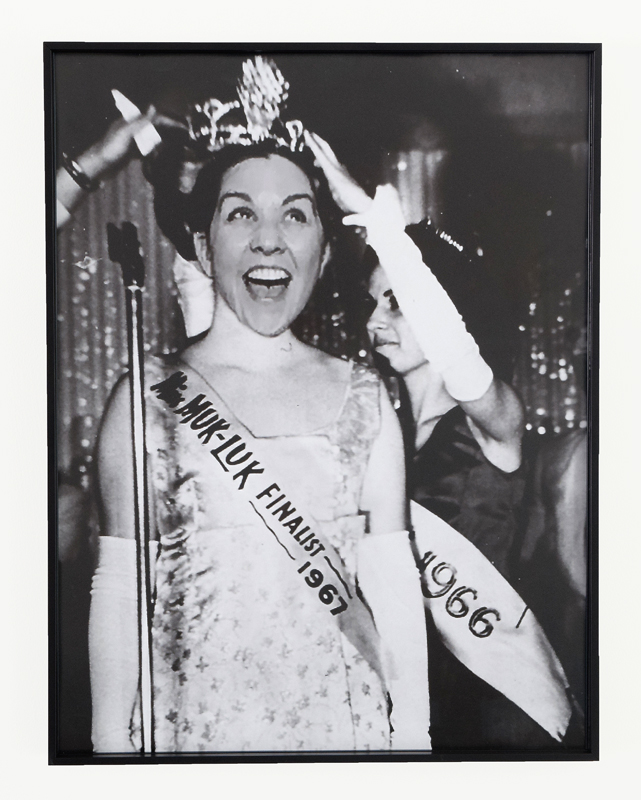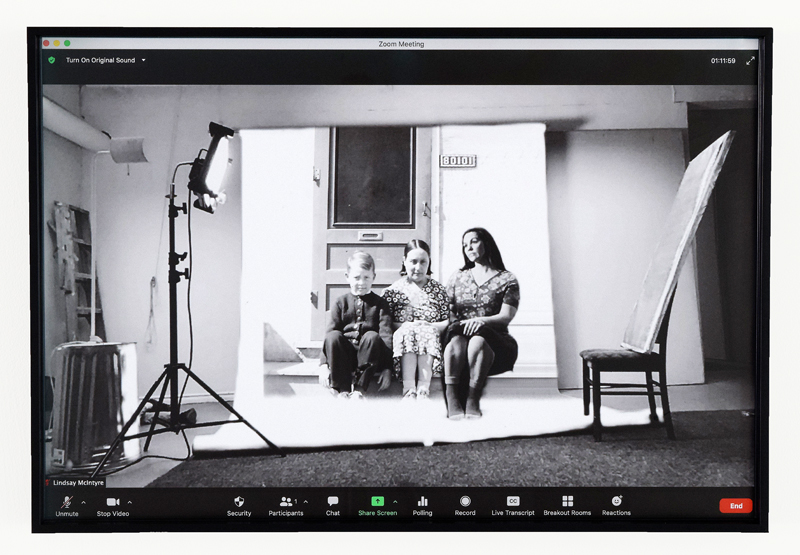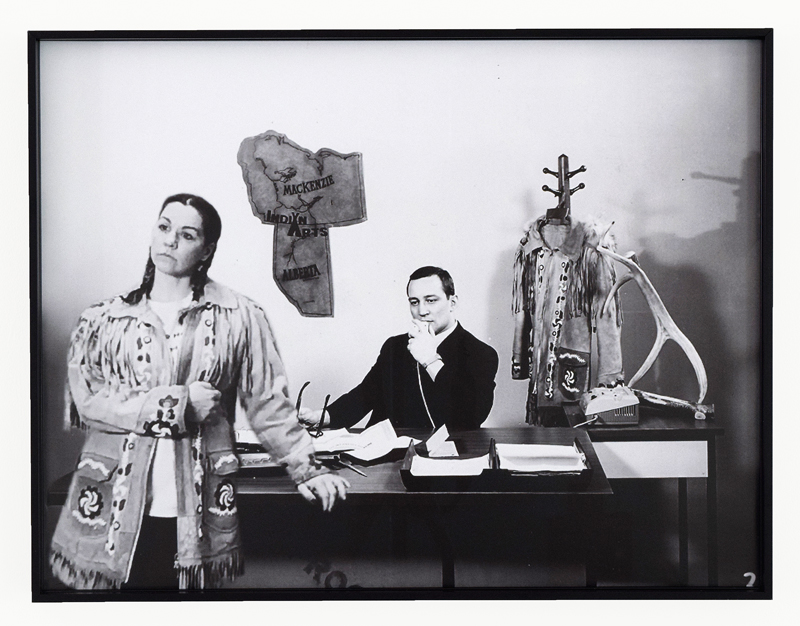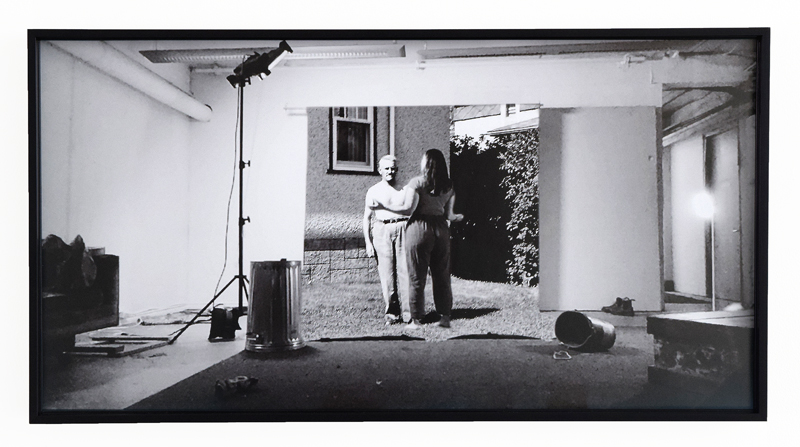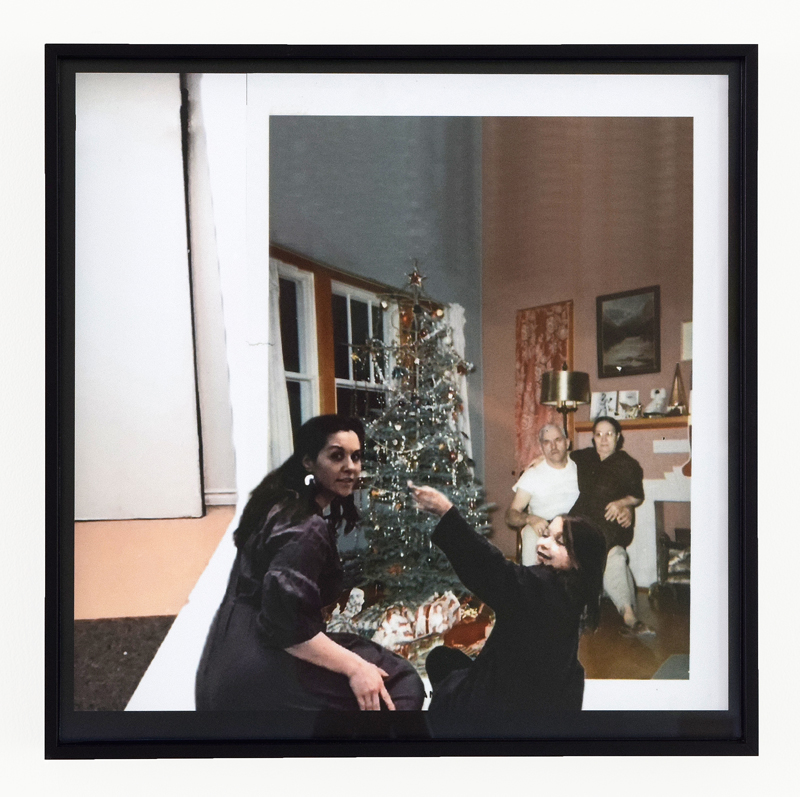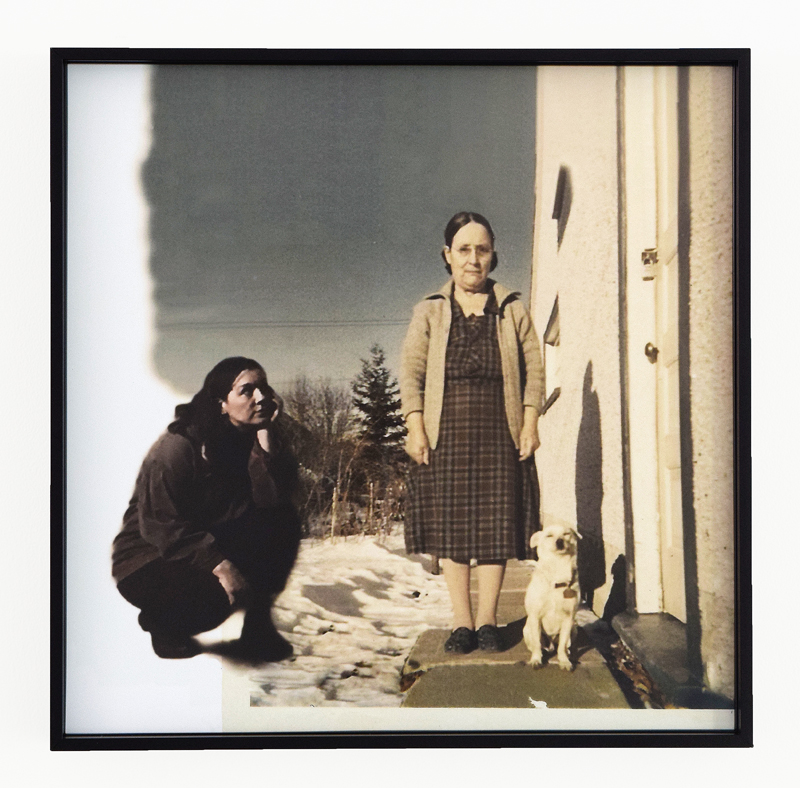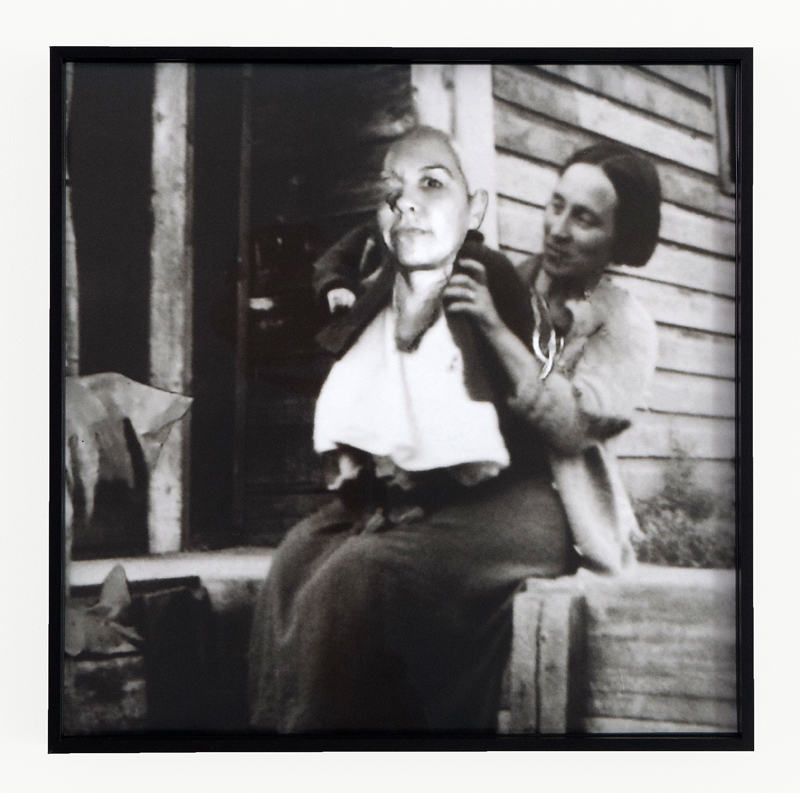Lindsay McIntyre Is Inviting You to a Scheduled Zoom Meeting
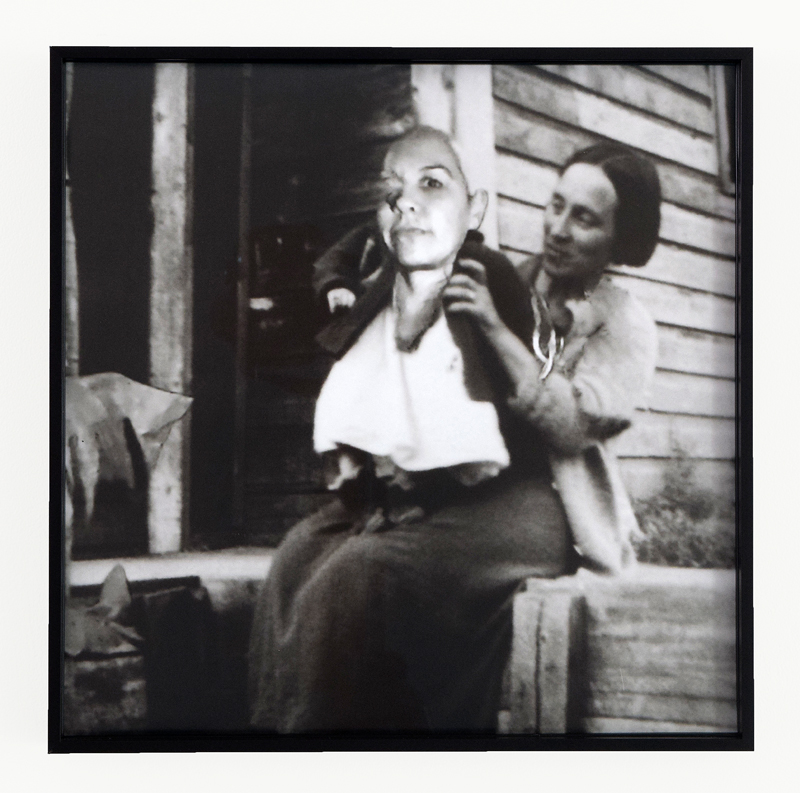
When Knud Rasmussen came to her community on the Danish Ethnological Expedition to Arctic North America, known as the 5th Thule Expedition, in 1921, Kumaa’naaq wasn’t anyone he wanted to speak to. She had the singular skill of speaking English fluently. She didn’t fit the narrative they wanted. She wasn’t ethnographic enough. Her kind could only live in the footnotes of the Northern narrative. They were not Inuk enough for the history books. Not valid, collectable knowledge. She wasn’t the one they wanted pictures of. So, there are just a handful of prized photos of her.
– Lindsay McIntyre recounting her matrilineal history
As our disembodied heads sit crudely in low-resolution frames surrounded by fake backgrounds, we start and stop in time with our unforgiving internet connections. Welcome to the world in Zoom. In her new body of work, Vancouver’s Lindsay McIntyre invites us to look at our engagement with this connective tool that is reshaping our daily lives, giving rise to new ways to experience our humanity while circumscribing and challenging others.
Working from old photographic representations of her Inuit relatives and ancestors, McIntyre blends digital and analogue technologies to insert herself into scenes picturing imagined dialogues with her forebears. These are Zoom conversations the artist wishes she could have. McIntyre uses these investigations to ask questions, expose tensions of identity, depict desires and create new pathways of communication and connection.
In recent years, artists of Inuit heritage have been telling important stories of personal and cultural change in the age of colonialism. While many Inuit artists continue to express visions of life on the land in the North in their work, others speak specifically of the diasporic experience. Lindsay McIntyre’s work fall into the latter category. Much of McIntyre’s extensive catalogue represents a dual process featuring parallel investigations into her personal identity and family history and media-making itself, including its processes and associated mechanisms.
